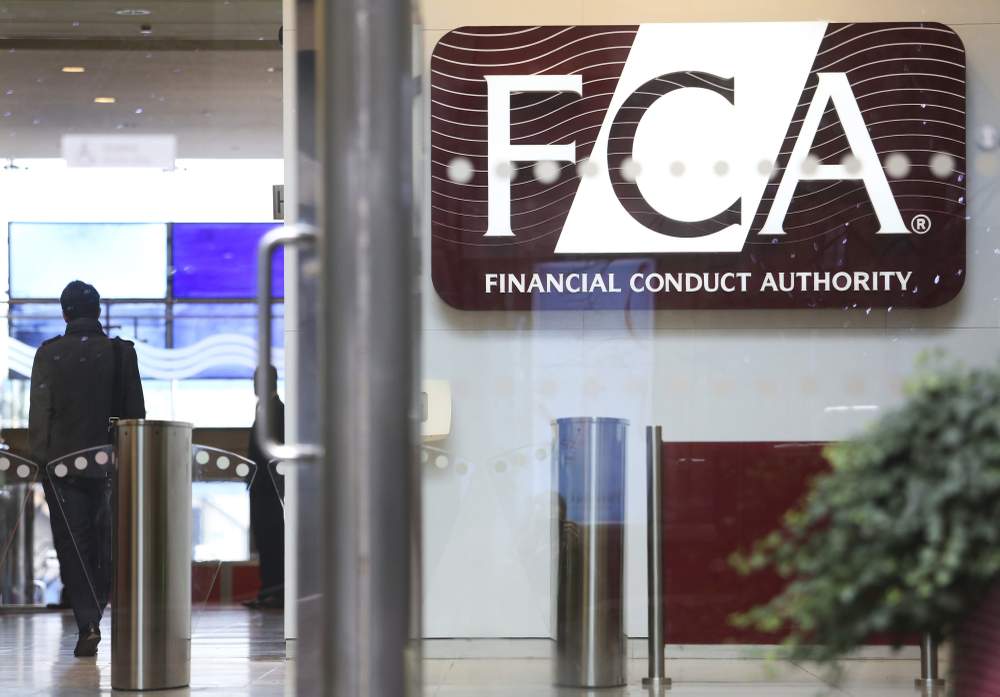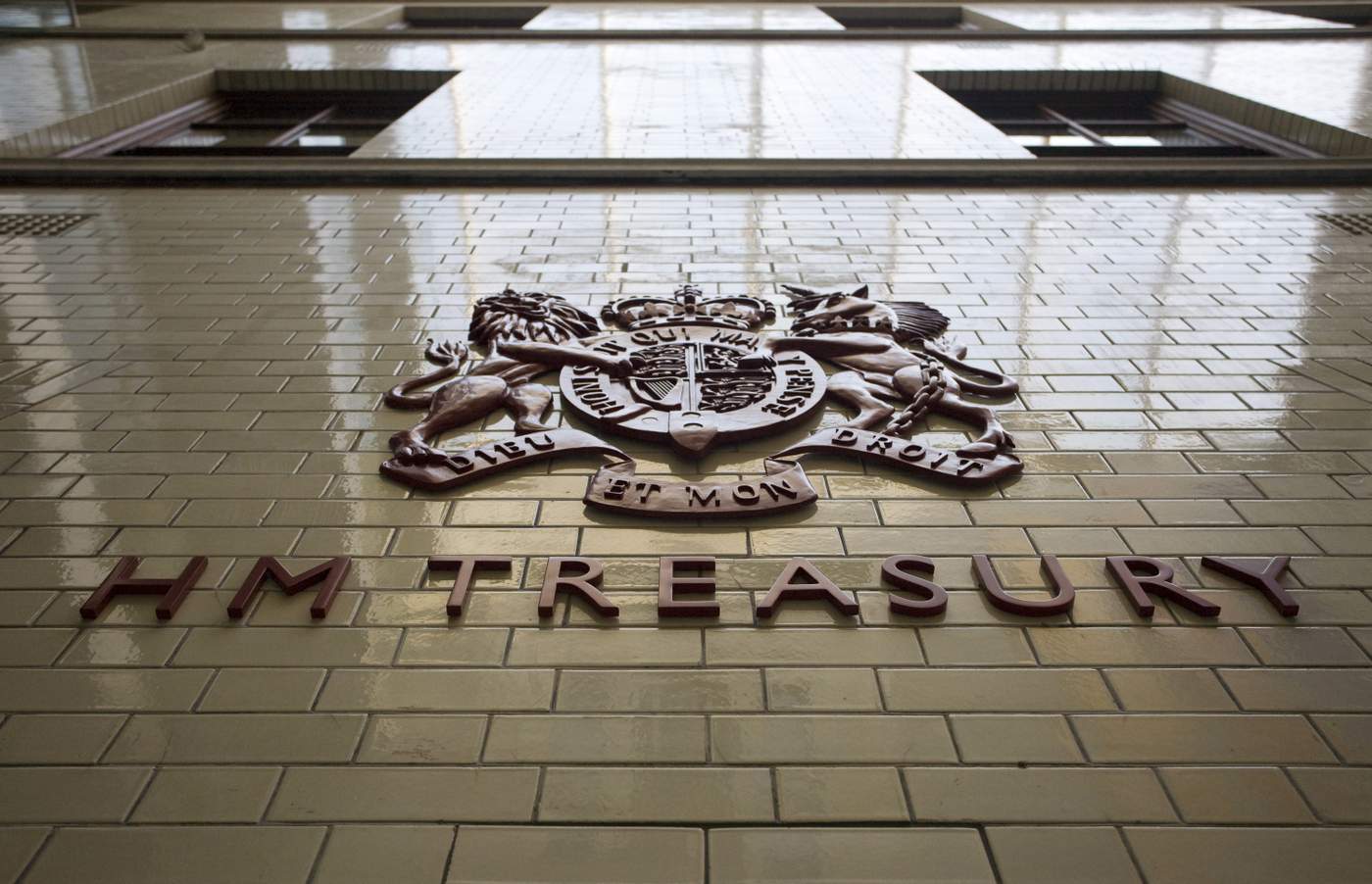
Early this year HM Revenue & Customs revealed the number of retirees accessing their newfound flexibilities had almost trebled since the first quarter of the pension freedoms back
in 2015.
But there is a fine balancing act that needs to be struck when it comes to pension freedoms.
On the one hand, people have greater power to take their retirement cash to suit their lifestyles and goals and furthermore may not find the option of securing annuities attractive, especially as rates are near historic lows.
Advisers are crucial to ensuring pots last
On the other hand, there is greater complexity as well as personal responsibility for later-life provision.
These needs have to take into account longer term issues such as increasing longevity and the cost of future care.
Savers can mitigate this by putting more towards their pensions now and investing with an appropriate level of risk.
For someone retiring and looking to drawdown, talking to an adviser is vital in order to match a plan for later life with an appropriate investment strategy.
Advisers are crucial to ensuring pots last.
Revenue is 50% more than official estimates
Hundreds of thousands of savers have cashed in £9.2bn from their pension pots since pension freedoms were introduced in April 2015.
According to Richard Parkin, head of pensions policy at Fidelity International, this means tax revenue is 50 per cent more than what government estimates had originally anticipated.
Mr Parkin did, however, highlight that these are just tax revenues brought forward and these numbers will fall in the future.
“The statistics released by HMRC … show that pension freedom continues to generate significant revenues for government,” he said.
“So far in this tax year, we have seen £500m more of payments made than in the whole of the last tax year, which was also ahead of expectations.
Pension freedom is hugely popular with consumers but is clearly benefitting government too
“If the current rate of payments is maintained we’ll be looking at an increase of nearly 50 per cent in the value of payments made to a whopping £6.4bn with a corresponding boost to tax revenues.”
Because HMRC does not release details of tax rates, Mr Parkin said it was difficult to assess exactly what the tax take would be. But last year’s payments were estimated to have generated £200m more than the original budget policy costing, which promised a £320m boost suggesting a net tax benefit of £520m for tax year 2015 to 2016.
If tax were payable at the same rate on this year’s payments, then Mr Parkin said the government could be looking at around £900m of additional tax revenue from the policy against its initial estimates for this tax year of around £600m, so beating its policy costings by around 50 per cent.
Mr Parkin said: “Pension freedom is hugely popular with consumers but is clearly benefitting government too. By any measure, it looks like the revenue is set for an even bigger tax benefit from pension freedom than they’d originally expected — perhaps as much as 50 per cent higher.
“But it’s important to remember that, for the most part, pension freedom is just bringing forward tax receipts from the future to today.
Given many people will live to a ripe old age, starting to dip into their pension at age 55 and 60 may well bring its own challenges
“The more flexible payments that are taken today, the less will be taken in the future so reducing future tax revenues. In the long run this policy will likely have a negative impact on government finances but in the meantime it’s delivering a welcome boost.”
HMRC reported more than 1.5 million payments have been made using pension freedoms, with 162,000 people accessing £1.56bn flexibly from their pension pots in the past three months.
More choice
Simon Kirby, economic secretary to HM Treasury, said: “Giving people freedom over what they do with their hard-earned savings, whether it’s buying an annuity or taking a cash lump sum, is the right thing to do.
“These figures show that people continue to take advantage of the choices on offer — choices only made available since the government’s landmark pension freedoms were introduced in April 2015.
“We are working with our partners, including Pension Wise, the regulators and pension firms, so that savers have the support they need to understand the options available to them.”
But Gareth James, pension expert at investment services company AJ Bell, sounded a note of caution.
Hidden risks
“It is important that the government carries out a more detailed analysis of how the pension freedoms are being used before any realistic assessment of their success can be made,” said Mr James.
Andrew Tully, pensions technical director of Retirement Advantage, agreed that while it was great to see people using the pension freedoms, these overall numbers masked some emerging and concerning trends.
“Many more people are using drawdown to access their pensions, with significantly lower average values and at much younger ages,” he said.
“This may be fine if many of these people are simply taking a tax-free lump sum, or accessing a small amount of their pension.
“But given many people will live to a ripe old age, starting to dip into their pension at age 55 and 60 may well bring its own challenges later in life.
“With more people in drawdown having smaller pots, first accessing their pension at younger ages, and possibly having a lower capacity for loss than traditional drawdown customers, ongoing reviews of the suitability of drawdown become ever more relevant and important.”
Peter Bradshaw, national account director of Selectapension, said there was a risk that those drawing too heavily on their retirement pots could run out of money, especially as the HMRC figures appeared to indicate that people with smaller pots took advantage of the freedoms in the past three months of 2016.
“This is why advice and careful planning is crucial for ‘generation freedom’ retirees today,” he said “Online planning tools can enable advisers to regularly review their clients’ arrangements to ensure their pots last as long as they do.”
Time flies – it is now 21 months since pension freedoms were introduced and with them the radical reshaping of the sector.
In brief, in April 2015 the tax rules were changed to give over-55s greater access to their pensions.
Drawdown of pension income is now taxed at marginal income tax rates, rather than the previous rate of 55 per cent for full withdrawals (after the 25 per cent tax-free lump sum).
Over-55s now have six options available to them:
1. Leaving the pension pot untouched
2. Purchasing an annuity
3. Getting an adjustable income (flexi access drawdown)
4. Taking cash in chunks (uncrystallised funds pension lump sum)
5. Cashing in the whole pot in one go; and
6. Mixing any of the options.
To help them deal with all these new choices, Pension Wise was born, giving individuals access to free and impartial guidance via the phone or face to face, though advisers remain the frontline for many trying to navigate the options.

Retirement decisions made in the past 21 months have had a major impact on the pension sector – namely many more people are using income drawdown and a lot less people are buying annuities.
Dangers
Mike Morrison, head of platform technical at investment platform AJ Bell, warned of two main dangers arising from this new state of affairs.
Firstly, that people end up in income drawdown who do not understand it and perhaps would have been better served by the guaranteed income delivered by an annuity.
“It is still early days though so it will be interesting to see if the market settles down and people start to look at annuities again when they really think about what they are trying to achieve with their pension fund,” he said.
The second, and related, danger is that those seeking annuities have much less choice on the open market than prior to April 2015. Post-pension freedoms retirees shunned annuities, leading some large providers of the financial product to withdraw.
Standard Life stopped offering annuities to new customers on the open market (though still to existing Standard Life customers) in November 2016, citing a dramatic drop in demand.
Prudential and LV have also stopped selling their annuities on the open market in the past year, and Aegon has pulled out of the sector altogether.
“One danger is that because of the rapid move away from annuities we may be left with an uncompetitive market. This is not a good outcome for consumers,” Mr Morrison said.
“Maybe if interest rates do start to rise at some point next year and annuity rates improve, we might see people returning to annuities for at least part of their retirement income and hence some competition returns to the market.”
New problems
For advisers, pension freedoms have been a great opportunity, driving people to advice. But they have also thrown up new business challenges.
Claire Walsh, chartered financial planner at Aspect 8 and head of advice at Unbiased.co.uk, said her firm has needed to introduce new compliance procedures to advise on accessing pension money flexibly.
“Clients often ‘just want their money’,” she said, “and it can be challenging getting them to appreciate the benefits of a process ultimately designed to safeguard their interests but which can be viewed as time-consuming and expensive and where the advice may not be their desired outcome.”
The new rules have forced new types of client conversations. Claire Trott, head of pension strategy at Technical Connection, said advisers must now consider issues such as longevity risks and running out of money: “These just weren’t an issue when the majority of people bought an annuity either at retirement or at least by age 75.”
In addition, with pension funds having been made tax efficient on death — income tax free before age 75 for beneficiaries — and also generally being free from inheritance tax too, Ms Trott added post-freedoms advisers should also be considering how other assets may provide a retirement income, as “it can make sense to deplete other assets first”.
One danger is that because of the rapid move away from annuities we may be left with an uncompetitive market
But the biggest hurdle advisers have come across over the past 21 months is dealing with the upsurge in defined benefit to defined contribution transfer requests.
Defined benefit pension schemes are excluded from the pension freedoms for two main reasons: DB schemes are generally more generous than DC schemes and so tend to be more worth keeping than cashing in; and DB schemes were never designed to pay out the entire pension in one go, but over a period, so there isn’t really a retirement ‘pot’ to cash in.
So for clients with a DB scheme that want to take advantage of pension freedoms they have to transfer it into a DC scheme. Advice on this is required where the transfer value is above £30,000, as is documentary evidence to the scheme trustees that such advice has been received. If the transfer is to a connected employer scheme, or it is an ‘incentivised transfer’, employers will pay for the advice.
But as demand for transfers has surged, many advisers have been reluctant to carry them out for fear of facing future negligence claims.
“Many clients have come to us asking for an advice certificate, without realising that this only happens after we have provided the advice,” said David Trenner, head of technical at retirement advisers Intelligent Pensions.
“IFAs are hugely exposed to complaints from customers who transferred to take advantage of the freedoms, but who subsequently realised that they should not have done so.
“It is essential for an IFA firm to have a very clear process in place. We are not there to stop people doing what they want to do with their pensions, but they have to understand the risks that they are taking.”
Back in August, Hymans Robertson partner Patrick Bloomfield cautioned DB members against succumbing to the “allure” of cashing in their pensions, as low interest rates and yields meant it could be impossible to find a better deal elsewhere without considerably more personal risk.
Also members of defined benefit schemes who transfer out and then die within two years could be subject to hefty inheritance tax charges, warned Sean Donald of paraplanning firm The Timebank.
We are not there to stop people doing what they want to do with their pensions, but they have to understand the risks that they are taking
But while prior to April 2015 DB schemes were near universally considered superior to DC schemes, as Mike Morrison, head of platform technical at investment platform AJ Bell, pointed out, pension freedoms have opened up the range of things that need to be considered.
“The ability to access a lump sum tax free, to continue to benefit from investment growth and to pass on a DC pension without incurring inheritance tax, may all be benefits worth considering at the expense of a DB guarantee,” he said.
Hybrids
As the appeal of using annuities as the sole retirement option has waned over the past 21 months, a few new ‘hybrid’ products that blend annuities with drawdown have taken their place.
Hybrid contracts provide useful flexibility, as customers can reduce or even stop the income they receive from annuities at any time. Any surplus annuity income is reinvested within the drawdown element to be used at a later date.
But Claire Walsh, chartered financial planner at Aspect 8, said she had “yet to see anything particularly compelling” in the way of new products, and Darren Cooke added he believed hybrid products have “limited appeal”.
Drawdown risks
With many more people in drawdown as a result of pension freedoms, that means many more people facing sequence of returns risk.
Sequence of returns risk is a function of volatility. It is the risk of receiving lower or negative returns early in a period when withdrawals are made from an individual's underlying investments.
The order or the sequence of investment returns is a primary concern for retirees who are living off the income and capital of their investments.
“This is potentially a big issue for clients,” said Darren Cooke, director at Red Circle Financial Planning. “So far we have generally had strong markets over the short time flexible drawdown has been in place, so it hasn't been experienced yet.”
One option, he said, is to reserve a part of the client’s retirement fund in cash so income is drawn from this, not the invested element.
“This saves ravaging the fund for income in declining markets and you then top it up in rising markets. The counter to this is you loose out by holding cash rather than investing it when markets are rising so anyone doing this over the last two years has not benefited,” he said.
Another option Mr Cooke pointed out is to look at the so-called ‘safe withdrawal rate’ – the rate analysts have calculated as that which you can withdraw from the fund and not run out of cash regardless of market sequence and in both boom times to crashes.
A safe withdrawal rate of 4 per cent per year (inflation-adjusted) is the rate that Trinity Study researchers recommended for 30-year retirements and is the rate most often quoted.
Technical hurdles
As well as these client-facing risks, advisers have also had to deal with some more ‘back-office’ technical issues.
The ‘scheme rules override’ meant pension schemes did not have to amend their rules to allow pension freedoms but they did have to allow a transfer to a scheme that did offer the pension freedoms.
This did not avoid the issue of exit charges, although they have now at least been capped. The Financial Conduct Authority announced in November 2016 that from 31 March 2017, early exit charges will be capped at 1 per cent of the value of existing contract-based personal pensions, including workplace personal pensions.

Early exit charges currently set at less than 1 per cent may not be increased. Firms will not be able to apply an early exit charge to personal pension contracts entered into after these rules take effect.
Advisers advising on their clients’ exit from one scheme to go into another also have to ensure the receiving scheme does offer the specific option required, namely flexible access drawdown and/or uncrystallised funds pension lump sum.
Also, not content with the radical changes brought about by pension freedoms, in the Autumn Statement 2016 the government announced it would reduce the money purchase annual allowance to £4,000 from £10,000.
Tom McPhail, head of pensions research at Hargreaves Lansdown, branded the move “a catastrophically poor decision”.
“It fundamentally undermines both the principle of pension freedom and the Department for Work and Pensions entire Fuller Working Lives policy; it is hard to comprehend how such a short-term initiative to save a paltry £75m a year could be allowed to over-ride critical long-term policy programmes.”
In the case of an individual on a £40,000 salary, with a generous matching DC pension scheme meaning the total of all contributions into the scheme (employer, employee and tax relief) amount to 20 per cent, they will have £8,000 paid into their pension scheme.
Future developments
Despite all the changes brought about by pension freedoms, those in the industry are expecting more to come.
For Tom McPhail, head of pensions research at Hargreaves Lansdown, further reform of pension taxation is “inevitable” within the next 24 months.
Mike Morrison, head of platform technical at investment platform AJ Bell, said he expects calls for a minimum income to be secured prior to over-55s being allowed to cash in.
“There will inevitably be cases where people run out of money because they did not really understand what they were doing or did not monitor their investments closely enough. This will focus the minds and could result in further rule changes.”




